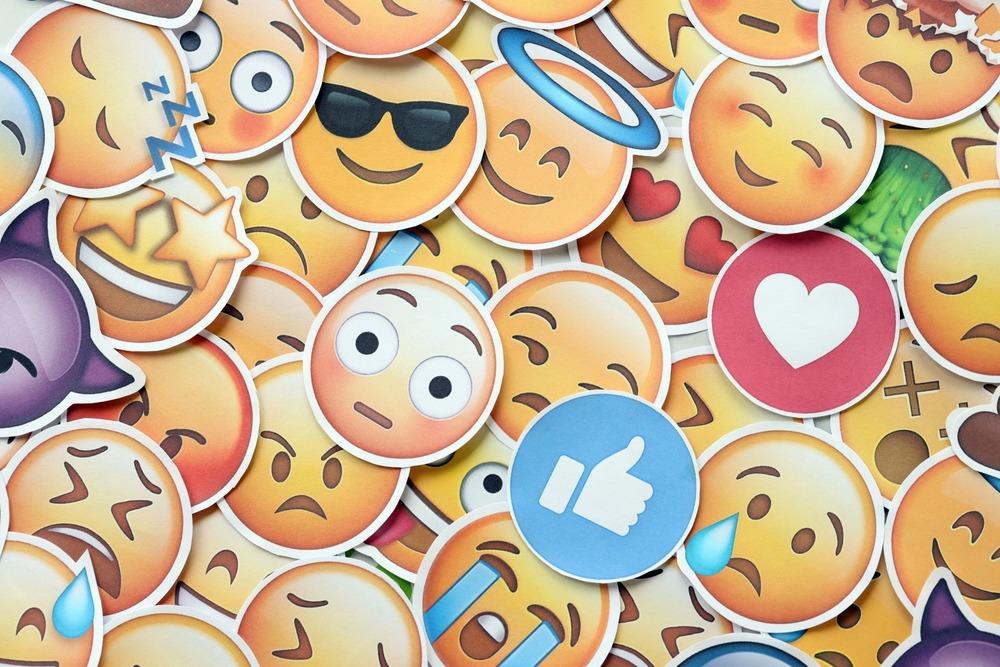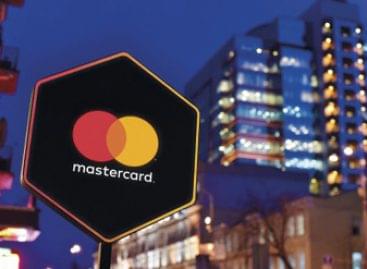Baggy eyes and bare trees – these are this year’s emoji trends
A heart, a laughing face or a spark – sometimes that’s enough to get your message across. Or is it not? On the occasion of World Emoji Day (July 17), we mapped out with the help of media researcher Ádám Guld what the latest trends are in 2025, what misunderstandings emoticons can cause and how to prevent them.
 According to international research, emojis are now used by every generation in digital communication. This visual language fits perfectly with the trends of today’s media space, where short and easy-to-understand messages compete for attention. Emoticons play a particularly important role in social media, as they not only add color to the message, but also help in the immediate, visual expression of emotions and reactions.
According to international research, emojis are now used by every generation in digital communication. This visual language fits perfectly with the trends of today’s media space, where short and easy-to-understand messages compete for attention. Emoticons play a particularly important role in social media, as they not only add color to the message, but also help in the immediate, visual expression of emotions and reactions.
According to Yettel’s latest, comprehensive research[1], three-quarters of respondents have received an emoji whose meaning they were unsure of. A misunderstood sign, a differently interpreted icon, is often enough to make us talk to each other. And the most common misunderstandings do not even occur in romantic exchanges, but between generations.
If an emoji means something different to a grandmother than to a granddaughter
It is no coincidence that there are so many misunderstandings, as the same emoji often means something different depending on who sends it and who reads it. According to Yettel’s research, the biggest gap in interpretation can be observed with the like sign (): while three-quarters of respondents (76%) interpret it as simple approval, positive feedback, 27% of Generation Z already read a clearly negative message from it – rejection, irony or even insult. Similarly, the classic smiley face () carries a dual meaning: 57% of older people (Generation X and Generation Y) consider it a nice, positive, friendly sign, while 45% of Generation Z interpret it as a passive-aggressive, condescending message – as if to say: “this is not worth responding to.”
“Younger generations are the creators of digital trends, older people are more followers – this difference is also clearly visible in the use of emojis. Generation Y is somewhere in between: they use emojis confidently, but they no longer shape the innovations in meaning, but rather follow them closely. Thus, they often play a mediating role between the different layers of digital language,”
– explains media researcher Ádám Guld, who believes that emojis now mean much more than simple pictograms expressing emotions.
Related news
Here are the data: new record in mobile internet traffic
🎧 Hallgasd a cikket: Lejátszás Szünet Folytatás Leállítás Nyelv: Auto…
Read more >How to prepare for the holidays with your four-legged friend
🎧 Hallgasd a cikket: Lejátszás Szünet Folytatás Leállítás Nyelv: Auto…
Read more >Related news
The 6 most important payment trends in 2026:
🎧 Hallgasd a cikket: Lejátszás Szünet Folytatás Leállítás Nyelv: Auto…
Read more >Tourism continues to expand dynamically
🎧 Hallgasd a cikket: Lejátszás Szünet Folytatás Leállítás Nyelv: Auto…
Read more >FEOSZ creates a certificate for consumer-friendly web stores
🎧 Hallgasd a cikket: Lejátszás Szünet Folytatás Leállítás Nyelv: Auto…
Read more >







